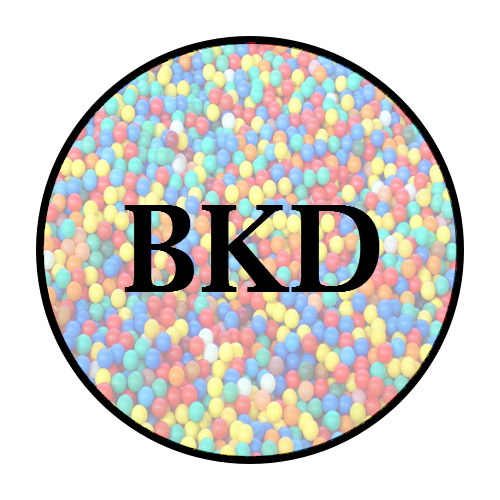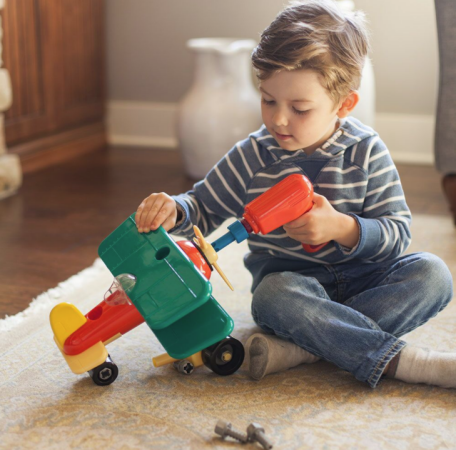When you hear the word “science,” you probably think of school classes, experiments, Bunsen burners or writing reports. But science is so much more than a class or chemistry kit, formulas or science fair projects. Science is an integral part of our everyday life and something we find all around us. It’s also something that is important for our children in today’s world.
Job in the fields of engineering, science and technology are now more in demand than ever before. In an article in the New Yorker, Sterling of GoldieBlox said, “When I grew up, the jobs that your parents wanted you to be was a doctor or a lawyer. But now I think an engineer or a scientist or someone in technology is becoming a coveted job.”
Camille Thomson, who works at the Australian Institute of Policy & Science says there will be plenty of exciting and worthwhile jobs for kids who study science in the future. “When we look at science and the discoveries that come through, we’ve only scratched the surface,” Camille says. Jobs in renewable energies are increasing rapidly as well as conserving plants and animals and medical research is going to escalate – and that’s just a few of the areas where jobs in science are growing rapidly.
Andrea Schwalm of Wired’s GeekMom has written. “I don’t believe that toys will turn kids into something they are not—but toys definitely do help foster interests that can turn into hobbies that can turn into careers.”

It’s not just about jobs though. Encouraging children to enjoy and engage with science has many other benefits. Science involves a lot a communication with other people, it helps develop patience and perseverance, critical thinking and teaches kids about how the world works. Science can help develop problem-solving and research skills and it helps us answer those tough questions that children are always asking.
Parent and high school science teacher Wendy Stacey says science is the perfect subject to complement a child’s natural curiosity. “It’s practical and relevant and kids embrace it without thinking about it,” she says. Stacey is a big believer in introducing children to science toys at a young age, because “even simple science equipment can liven up science concepts and make it easier for children to engage with them.”
What is a Science Toy?
Science toys are toys that encourage children to explore and learn about science concepts and ideas in fun, practical and interesting ways.
A Science toy should do one or more of the following:
- Solve problems – toys that encourage children to solve problems of all kinds, to persist, try different solutions, discover new things, figure things out and try again when something doesn’t work are great science toys.
- Ask questions – toys that prompt children to ask questions and pique their curiosity are important for encouraging science learning.
- Invent things – toys that allow children to invent and construct different things and that have an open-ended quality encouraging creativity and imagination are also a vital part of developing a love of science in children.
- Observe and explore – science toys often really inspire children to observe the world around them in depth and to explore through using their senses and investigating.
- Design, build and create – toys that empower children to design, build and create things form the foundation for a lot of learning in technology, engineering, physics and more.
- Learn practical skills – many science toys encourage children to learn practical life skills such as using equipment and tools, manipulating materials, working with precision, measurement and much more.
- Understand science concepts – some science toys are designed to teach specific skills. Kits with instructions are often great for helping children grasp concepts in a hands-on way.
- Discover how and why things work – toys that can be taken apart, that allow you to see the inside of something or explore something up close or figure out how something works are always great for science.
Just because a toy isn’t labelled as a “science toy” doesn’t mean that it can’t be great for encouraging science learning. Building blocks, for example, are a classic toy that help develop a range of excellent science skills – collaboration, creative and divergent problem-solving, physics, spatial awareness, the fundamentals of construction and engineering skills and maths skills, just to name a few.
What Age Should I Give My Child a Science Toy?
So now we know why science toys are excellent for children and what makes a good science toy, but what age is the right age to introduce science toys to children? The answer to this question is actually quite simple – science toys can be introduced to children at all ages!
Naturally, it’s not appropriate to give babies a microscope, electronics or chemistry kit, but there are many great science toys that are perfect for children of all ages.
Science Toys for Babies
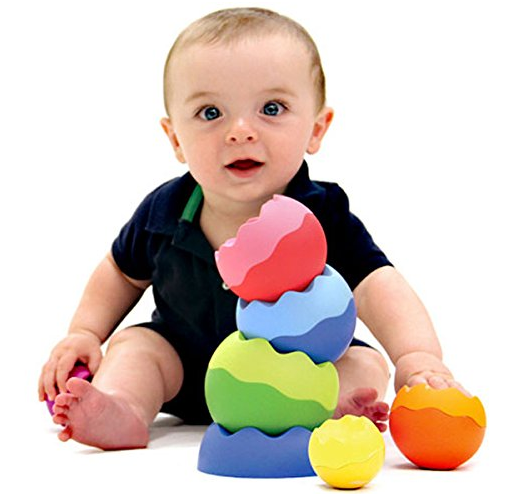
Science toys for babies are those that are created to stimulate the curiosity of little ones. Babies are in the process of developing their reasoning, perception, memory and cognitive skills. They need lots of great mental stimulation to help them develop. Sensory toys are also great science toys for babies because they encourage children to use their senses, explore and discover how things work and what happens when you interact with a toy in different ways.
Just a few examples of great science toys for babies include: Green Toys Stacking Cups, Rolligo, Tobbles, Mini Spinny, Whimzle and Pound and Tap Melody Bench
Science Toys for Toddlers
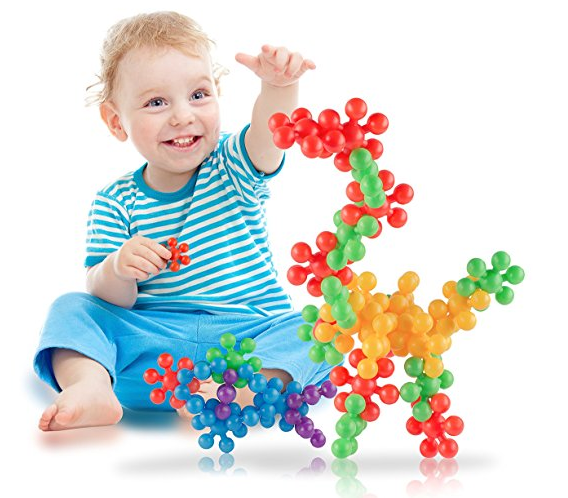
As toddlers’ brains continue to develop very quickly, more in-depth experiences are needed to help the growing mind. Science toys that encourage reasoning, problem-solving, exploration, sequencing, sorting, classifying and observation are very important. Appropriate science toys for this age are hands-on, sensory and allow children to engage with them and explore.
Some examples include: Boon Cogs Water Gears and Pipe Building Bath Toy, Rolliphant Slides, Battat Take Apart Airplane, Bunny Boo Logic Game, Gears Gears Gears Beginner’s Building Set, Plui Rain Cloud, Squigz and Smartmax Factory Click & Roll.
Science toys for Primary School Children
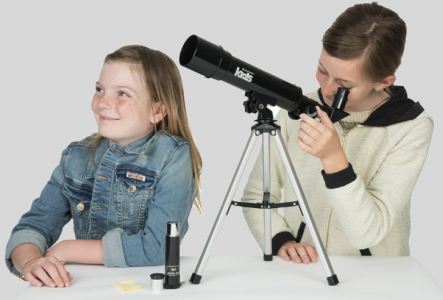
From ages three to twelve, children experience some of their most foundational cognitive development. Their brains are growing so quickly and whilst this time is vital for intellectual growth, it’s also so important for them to be having fun whilst learning. Science toys are a perfect way to help children develop in all areas during this time. The list of toys that are great for this age is endless, as children are constantly exploring, inventing, discovering, observing, solving problems, experimenting, trying new things and figuring things out.
Just a few examples of great science toys for this age include: Stomp Rocket, Crazy Aaron’s Thinking Putty, Bamboo Builder Marble Run, Gears Gears Gears Lights & Action Set, Joinks, Scientific Explorer Disgusting Science Kit, Snap Circuits Junior and Coggy.
Different Types of Science Toys
Animals and Insects
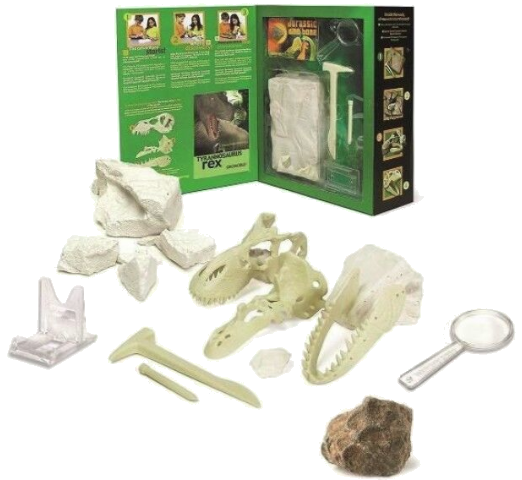
The vast majority of children have an innate love of animals, and many children are completely fascinated by insects also. Learning about insects and animals helps children understand our natural world and it can encourage them to think about protecting endangered species. Science toys that teach children more about animals and insects also help them understand our eco-system, the food chain and how animals and insects impact our environment. Science toys that help children learn about animals and insects include:
- Dinosaurs (yes, they’re extinct now but they can teach us a lot about prehistoric times and how the world and animals have changed over time) such as Heebie Jeebies Paleontology Kit, Heebie Jeebies Dinosaur Wood Kits and Geoworld Excavation Kit
- Animals such as Nature Tracks Kit, Sea Monkeys, Clementoni Underwater World, Nancy B’s Science Club Wildlife Binoculars and 4D Vision Horse Model
- Insects such as Ant World, Butterfly World, Super Bug Viewer and Worm Habitat Kit,
Earth & Nature
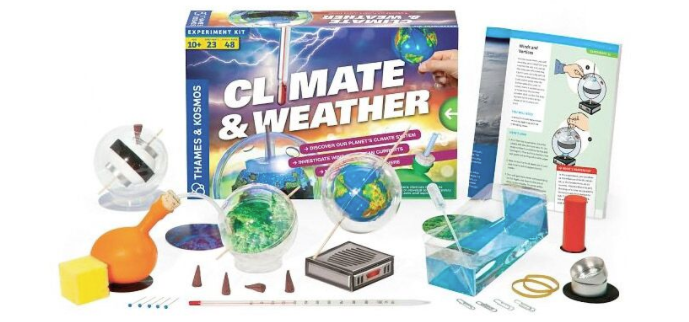
Earth and nature science toys include products that teach concepts such as geology, weather, energy, space and environmental science. These toys help children to understand the world around us and our place in the solar system. Children learn about how weather works, natural disasters, how our earth changes over time, what the earth is made and how the earth relates to other planets. Some science toys that teach concepts related to earth and nature include:
Space-related products such as Create a Night Sky Projection Kit,
- Geology products such as Break-Open Real Geode Kit, Crystal Growing Kit, Metal Detector Pro and Rock Tumbler Pro
- Weather toys such as Frozen Science Kit, Tornados and Hurricanes Kit, Wind Power Kit, Ultimate Volcano Science Kit and Solar Windmill
Kids Microscopes
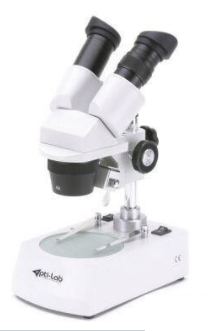
Microscopes are a source of great interest to children. Young children can enjoy very simple microscopes and even before that, magnifying glasses before they grow into using more powerful equipment. Microscopes allow children to examine all kinds of materials in great depth, and look at what’s inside things, what things look like close up and what they’re really made of. Microscopes make visible things like cells that are generally invisible to the human eye and that is very exciting for young people. Some excellent microscopes for young people include:
- Magnifying devices for little ones such as Heebie Jeebies Handiscope, Field Magnifier and MiMicro, Primary Science ViewScope, Spider Eye Microscope
- Junior microscopes such as Kids First Biology Lab, My First Lab DuoScope Microscope and Celestron Handheld Digital Microscope
- Advanced microscopes such as Binocular Stereo Microscope, Zenith Ultra Advanced Student Microscope and Micropro Microscope
Electronic Kits for Kids
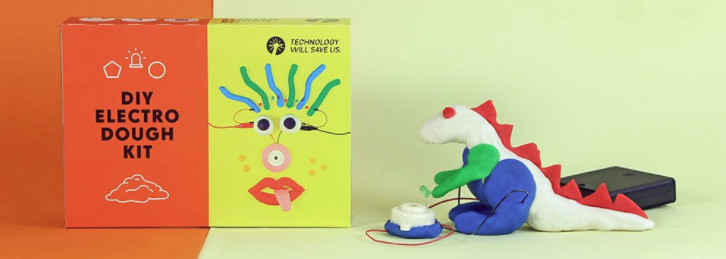
Electronics kits are important for children to learn about electricity in a safe way. Electricity powers our lives and understanding circuits and other electronics concepts is a great life skill for young people. Electronics kits provide a hands-on way for children to experiment with power, to solve problems and to understand how tools and electronic equipment works. Science toys that help children to develop electronics skills include:
- Electronic Toys such as DIY Electro Dough, DIY Synth Kit, Electric Motor Generator Kit, FM Radio with Soldering Kit, Little Bits Rule Your Room Kit, Snap Circuits 300-in-1 Kit, Smartlab Smart Circuits, Circuit Maze Logic Game, Light Up Edison Kit, Makey MakeyGo Kit and Wired Science Kit.
Human Anatomy
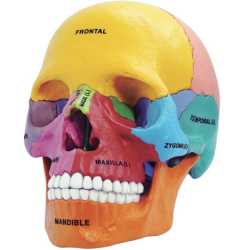
Human Anatomy products and toys help children learn about their bodies. This is such a vital understanding for their lives. Children can explore how do our bodies work, what makes them work best, how can we heal them, what are we capable of and so many other questions that are fundamental to knowing who we are. When children learn about human anatomy, they are more empowered to care for their bodies. Science toys that help children learn about the body include:
- Human Anatomy toys such as Body Magnet, Didactic Exploded Skull, Genes in a Bottle Kit, Magic School Bus Journey into the Human Body, Make and Move Human Body, Smithsonian Human Skeleton Kit and Heebie Jeebies Stethoscope.
Chemistry
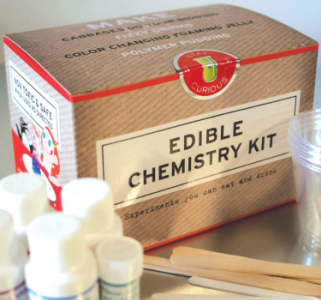
Chemistry is more than just learning about chemicals. Ducksters.com science site explains that chemistry is considered a physical science and is closely related to physics. Sometimes chemistry is called the “central science” because it is an important part of other major sciences such as biology, earth science, and physics. Chemistry teaches children about how substances react to each other and how elements change under different conditions. Science toys that help teach chemistry principles include:
- Atoms and Molecules toys such as Happy Atoms Kit, Periodic Table Blocks. Mighty Microbes Lab and 3D Periodic Table
- Chemistry Sets such as Edible Chemistry Kit, Glowing Putty, Gels and Slime Kit, Kid’s First Chemistry Set, Smartlab Ultimate Secret Formula Lab and Stir it Up Chemistry Lab
- Reactions and Experiments Kits such as Bubble Science Kit, Kitchen Science Kit, Mentos Geyser Tube, Fizz Pop Boom Science Experiments and Soda-Powered Science Kit
Biology
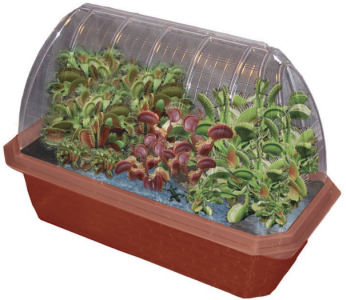
Biology science toys teach us about the natural world and in particular, plants. Conservation is becoming more and more important in today’s world, but understanding plants is also important for learning about food, health and gardening too. Plants are something that children often naturally connect with, and watching plants grow is something that is fascinating to children, as well as teaching great life skills. Some science toys that are excellent for biology include:
- Terrariums such as Carnivorous Creations Terrarium, Culinary Herb Garden Terrarium and there’s so many other creative terrarium kits available too.
- Greenhouses such as Flytrap Fiends Windowsill Greenhouse, Twigz Mini Greenhouse and Botany Experimental Greenhouse.
- Growing kits such as Mrs Green’s Giant Sunflower, Mini Water Garden and Egg heads, as well as the Deluxe Root Viewer
- Gardening products for kids such as Twigz Long Tools, Hand Tools, Wheelbarrow, Watering Cans and Buckets, Garbage to Gardens Compost Kit and Mrs Green’s Flower Press
Mechanics and Engineering
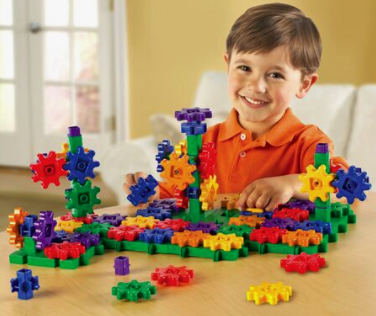
Mechanics and engineering pervades every part of our lives, and technology is continuously expanding into every aspect of our lives. These areas of science also help children learn mathematics which is in every occupation, every activity we do in our lives. By giving students opportunities to explore engineering concepts, they see how these concepts relate to everyday life. The National Science Foundation says, “In the 21st century, scientific and technological innovations have become increasingly important as we face the benefits and challenges of both globalization and a knowledge-based economy. To succeed in this new information-based and highly technological society, students need to develop their capabilities in engineering and technology to levels much beyond what was considered acceptable in the past.” Toys that help develop mechanical and engineering concepts include:
- Robotics and programming toys such as Little Bits Gizmos and Gadgets, Robot Turtles, Robotics Workshop and Tin Can Robot.
- Mechanics toys such as Geomag Mechanics Set, Inventor 50-in-1 Motorized Models Kit, Mechanics Cams and Cranks Set, Flybrix Make Your Own Drone Kit and Hydraulic Arm Set.
- Engineering toys such as Keva Contraptions Set, K’Nex Sky Sprinter Roller Coaster Building, Mechano Space Quest Model Set, Q-Ba Maze Set, Quadrillion Vertigo Set and Weird and Whacky Contraptions Lab.
So now you know why it’s important to encourage children to enjoy science, what makes a good science toy, when to introduce children to science toys and some great ideas for science toys in different fields of science. Perhaps the most important thing to remember is that cultivating a healthy attitude toward science starts at home.
As a parent you can help your child to learn the skills of thinking like a scientist by listening carefully to your child and encouraging them to ask questions. Remember that you don’t need to have answers for all of their questions – engage your child in conversation and help them develop their curiosity and sense of wonder by modelling curiosity yourself. In this way, you can not only help your child to appreciate science but enjoy it along with them.
